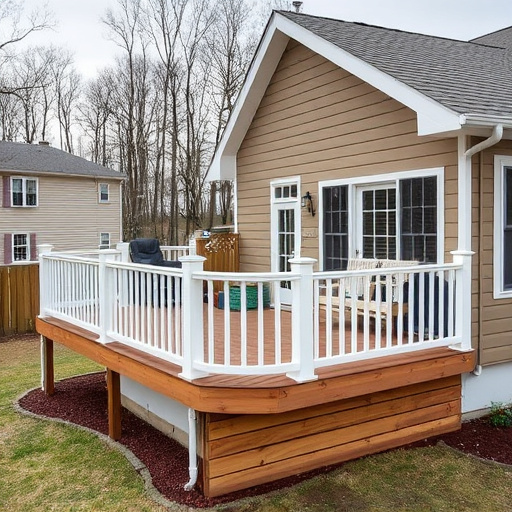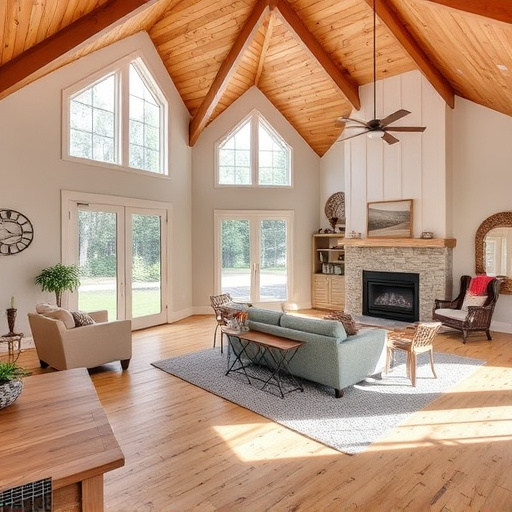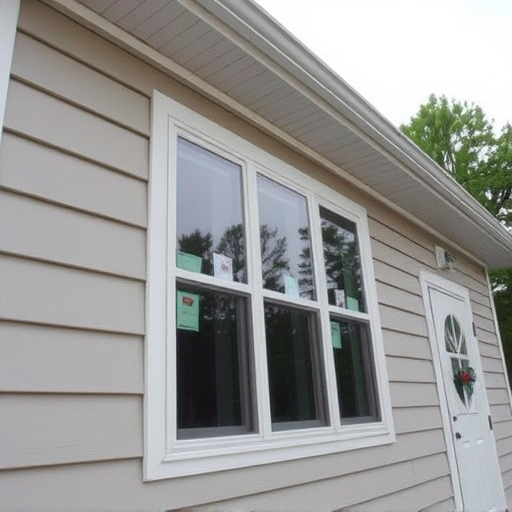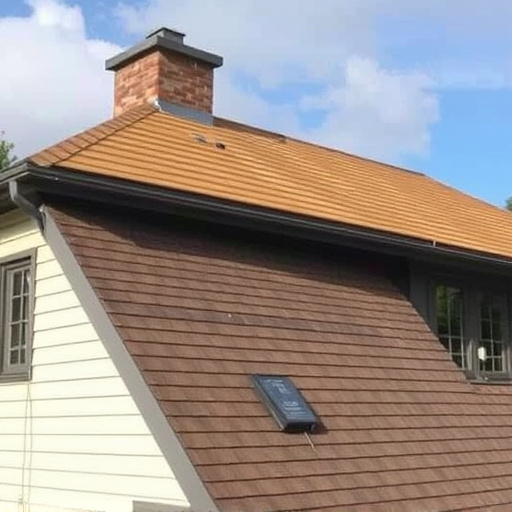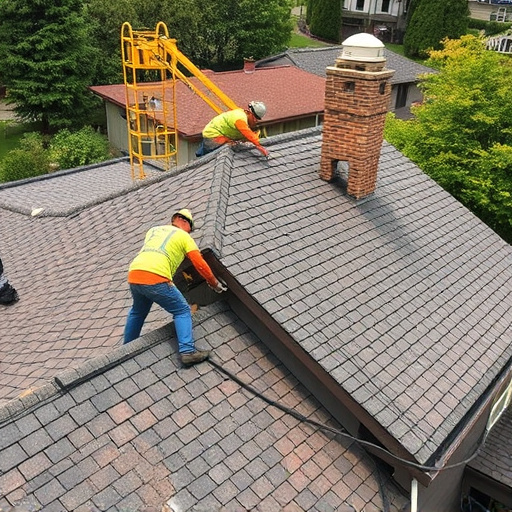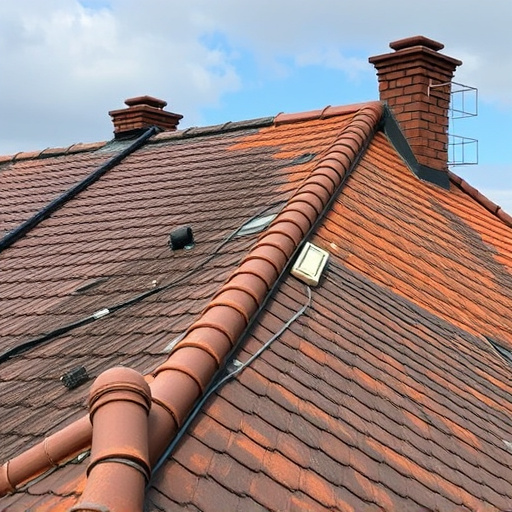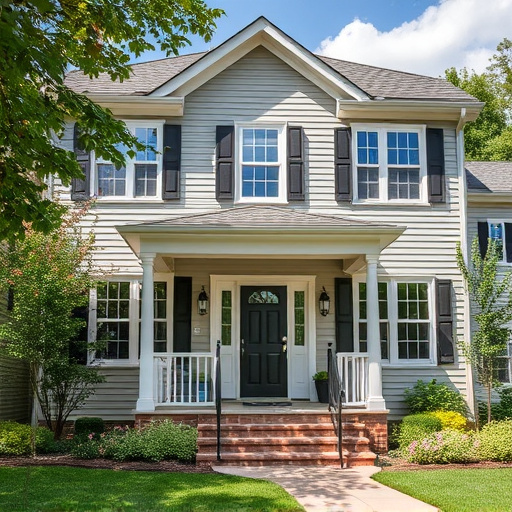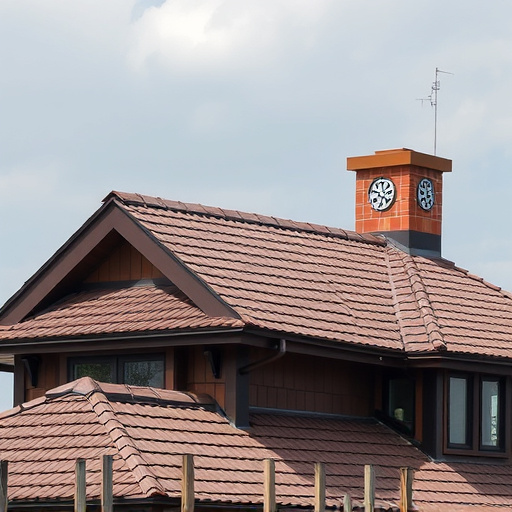Choosing the wrong commercial siding can lead to structural damage and costly repairs. Each material, like vinyl or fiber cement, has unique pros and cons. Property owners should consider climate, budget, and design when selecting siding, consulting professionals for informed choices. Tailoring material selection to local environmental conditions is crucial for long-term protection against elements.
“Avoid common pitfalls and ensure a lasting, low-maintenance exterior with this comprehensive guide to commercial siding projects. From material selection to installation and maintenance, this article illuminates critical mistakes often overlooked. Learn how choosing the wrong siding, poor installation practices, and neglecting routine upkeep can impact your property’s value and longevity. Discover expert tips to navigate these challenges successfully, ensuring a robust and aesthetically pleasing commercial siding solution.”
- Choosing the Wrong Siding Material
- – Misunderstanding different types of commercial siding and their pros/cons
- – Failing to consider climate impact on material selection
Choosing the Wrong Siding Material
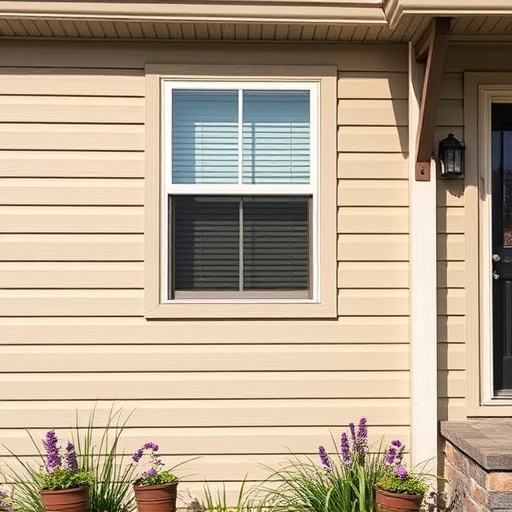
Choosing the wrong siding material for a commercial project can lead to significant issues down the line. It’s crucial to understand that each material has its unique properties, benefits, and drawbacks. For instance, while vinyl siding is affordable and low-maintenance, it may not be suitable for extreme climates or buildings with significant architectural details. On the other hand, fiber cement siding offers superior durability but requires more specialized installation and can be more expensive.
When selecting a material, consider the building’s structural needs, environmental factors, and aesthetic preferences. Consulting with professionals in roofing and siding, along with examining case studies of successful commercial exterior home improvements, can help ensure that you make an informed decision. Remember, the right siding and gutters pair can enhance a building’s curb appeal while providing long-term protection against the elements.
– Misunderstanding different types of commercial siding and their pros/cons
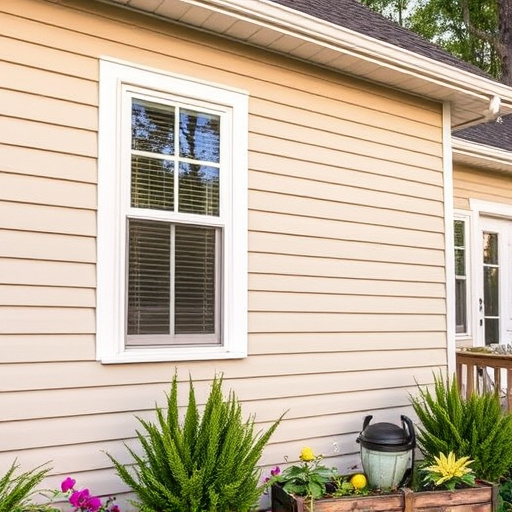
Many commercial siding projects fail due to a basic misunderstanding of the materials and their unique properties. It’s crucial to appreciate that commercial siding isn’t one-size-fits-all; each type offers distinct advantages and drawbacks, catering to specific building needs. For instance, while vinyl siding is popular for its low maintenance costs, it may not be suitable for structures exposed to extreme weather conditions or those seeking a high-end aesthetic. On the other hand, fiber cement boards provide exceptional durability but require more meticulous installation and can be more costly.
Avoiding this pitfall involves thorough research and consultation with experienced roofing services providers. Property owners should consider factors like climate, budget, and desired visual appeal when selecting siding. Moreover, understanding the level of maintenance required for each option is essential to ensure long-term satisfaction and prevent premature replacement, especially after storm damage repair. Unlike residential siding, commercial projects demand materials that can withstand higher traffic and exposure, thus necessitating a more nuanced approach.
– Failing to consider climate impact on material selection
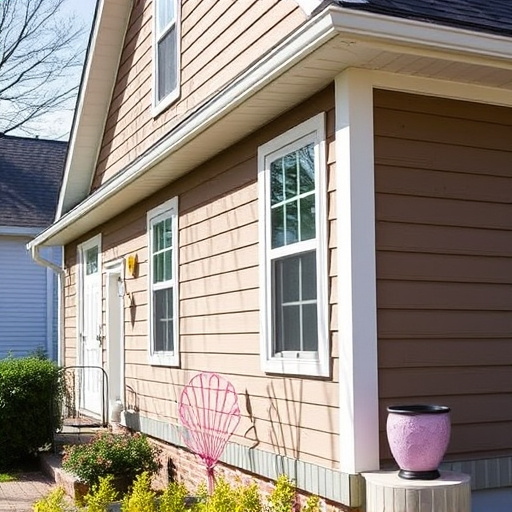
When planning a commercial siding project, one often overlooked aspect is the climate’s influence on material selection. Different regions present unique challenges that can impact the longevity and performance of exterior cladding. For instance, in areas prone to harsh winters and frequent frosts, choosing materials resistant to thermal expansion and contraction is essential to prevent damage. Similarly, humid climates demand siding that can withstand moisture buildup and protect against mold growth, ensuring long-lasting protection for the building’s facade.
Failing to consider these climate-specific factors can lead to costly mistakes over time. Commercial siding should be tailored to the local environment; using materials unsuitable for extreme conditions may result in premature deterioration and repair needs. Thus, it’s crucial to research and consult with professionals who understand the region’s climate demands, ensuring that the chosen commercial siding becomes a reliable part of the building’s overall roofing solutions rather than a source of future headaches.
When embarking on a commercial siding project, avoiding common mistakes is key to ensuring longevity and aesthetic appeal. By thoroughly understanding different siding materials, their pros and cons, and considering the climate impact, you can make informed decisions that enhance your property’s curb appeal and stand the test of time. Remember, the right choice in commercial siding can revolutionize your building’s exterior, making it a vibrant and lasting addition for years to come.


